Addressing Fiber Connectivity Challenges in 2025 – The Urgent Need for Action
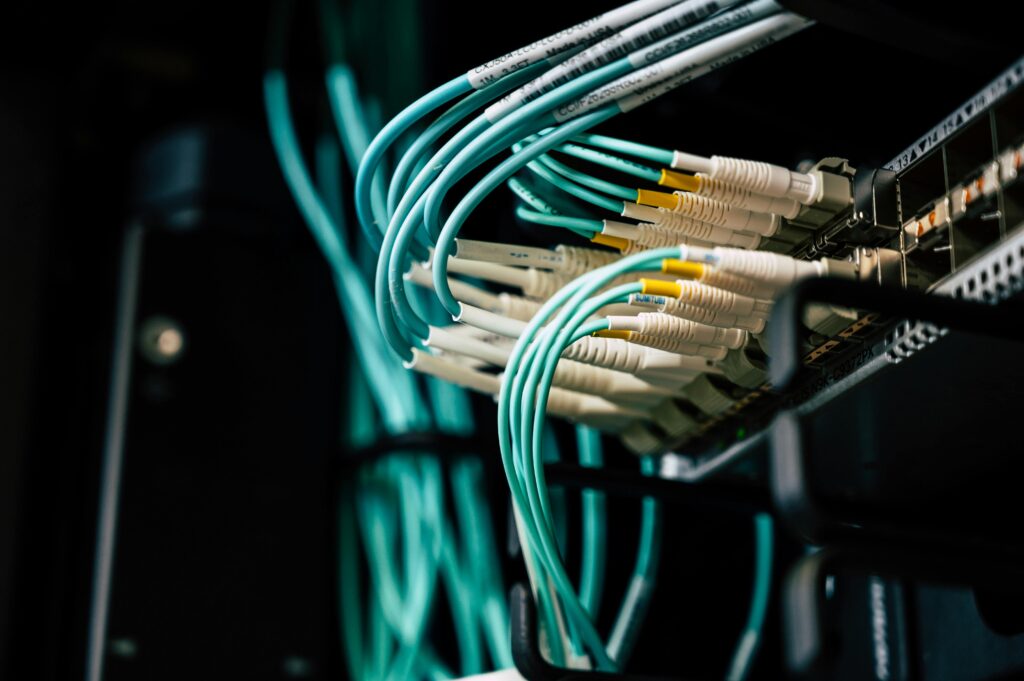
Executive Summary As of February 2025, the world’s reliance on high-speed, reliable internet has reached unprecedented levels, driven by exponential growth in data-intensive applications, remote work, and emerging technologies like AI and IoT. Fiber-optic networks, the gold standard for broadband infrastructure, face persistent connectivity challenges—coverage gaps, deployment delays, and capacity constraints—that threaten to undermine economic […]
The AI-Powered Revolution Unleashing the Future of Data Centers!
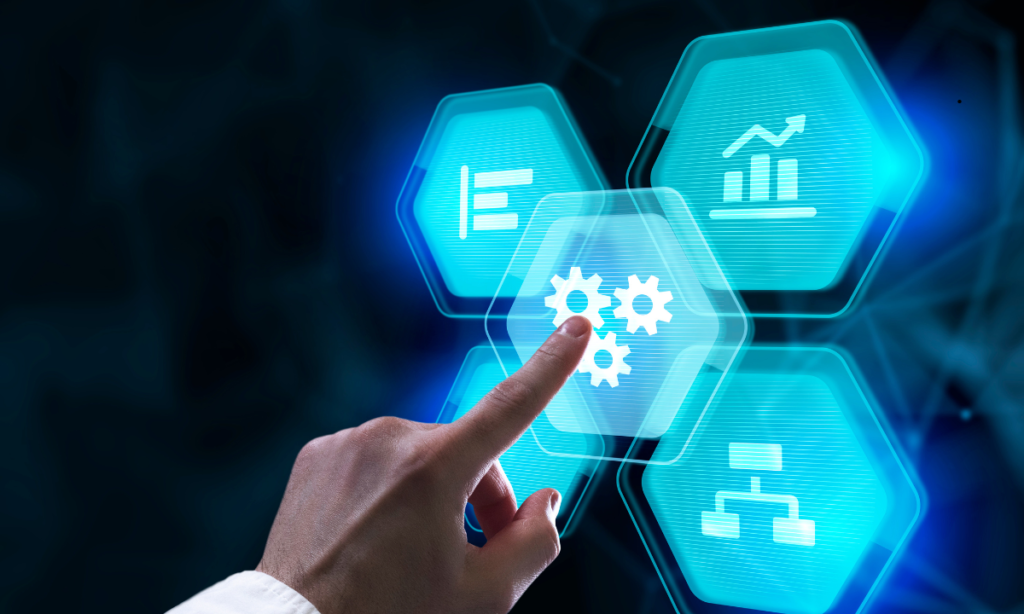
Imagine a world where data centers hum with intelligence, where fiber optic cables dance into place without a human touch, and where AI doesn’t just crunch numbers—it rewires the very backbone of connectivity. Welcome to the electrifying universe of FiberSmart.net, where artificial intelligence isn’t just a tool—it’s the beating heart of a connectivity revolution that’s […]
Structured Cabling in Data Centers: A Comprehensive Guide

Structured cabling plays a critical role in data centers, providing a high-performance, scalable, and reliable infrastructure for networking, storage, and computing systems. A well-planned cabling system ensures low latency, high-speed data transfer, and minimal downtime, supporting mission-critical applications. 1. Importance of Structured Cabling in Data Centers 1.1 High-Speed Data Transmission Supports 10Gbps, 40Gbps, 100Gbps, and […]
The Critical Role of Cross Connects in Data Centers: Challenges and Future Innovations

Executive Summary Cross connects are foundational to the functioning of modern data centers, facilitating interconnection between networks, servers, cloud services, and carriers. Their role in ensuring low latency, high-speed data transfer, security, and cost-efficiency is unparalleled in the digital age. However, data centers face significant challenges in managing, scaling, and securing these connections, especially as […]
The Invisible Threat: Why Contamination Haunts Optical Networks
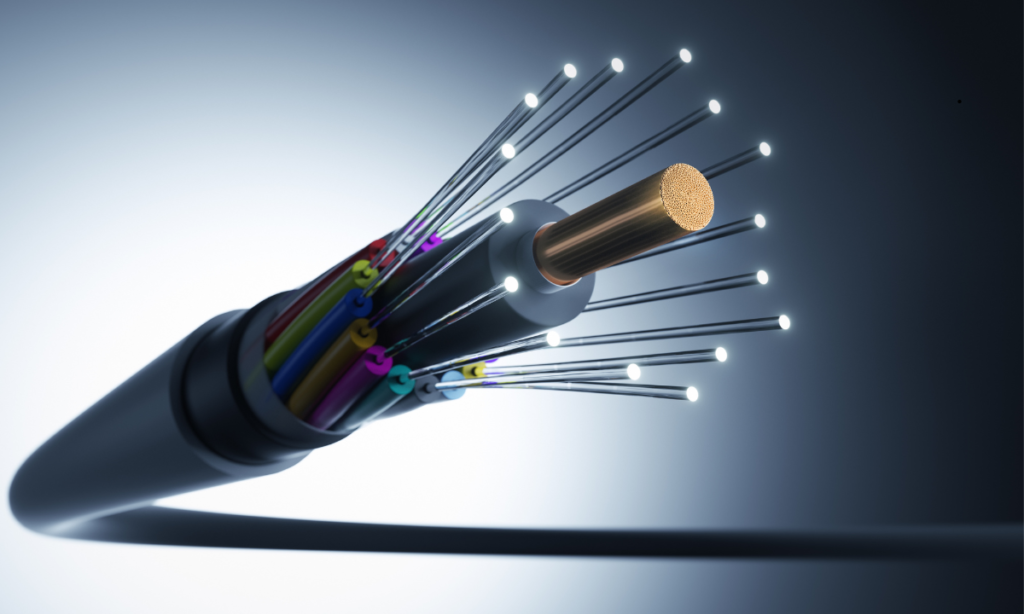
If you think a single speck of dust is harmless, think again—especially in the world of optical networking. A tiny contaminant, barely visible to the human eye, can cause catastrophic data loss, service disruptions, and costly downtime. It’s an invisible menace that keeps network engineers on edge. But here’s the good news: while contamination is […]
What is robotic technology?
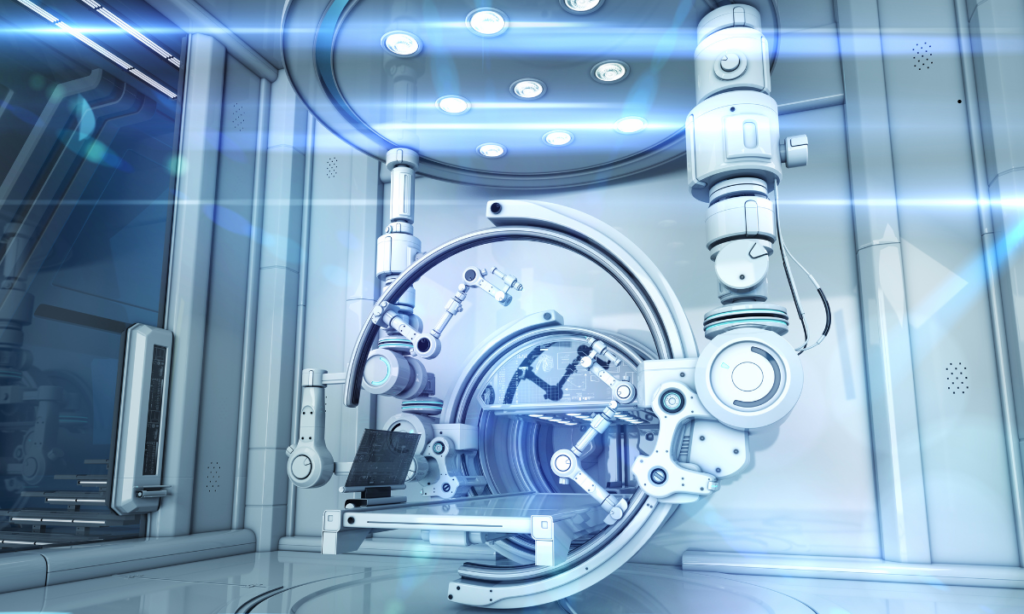
Robotic technology involves the design, construction, and operation of robots, which are machines programmed to perform tasks automatically. These tasks can range from simple repetitive actions to complex problem-solving in various fields such as manufacturing, healthcare, space exploration, and home automation. 2. What types of robots are there? Robots come in many different forms, including: […]
Optical connector contamination issues and cleaning
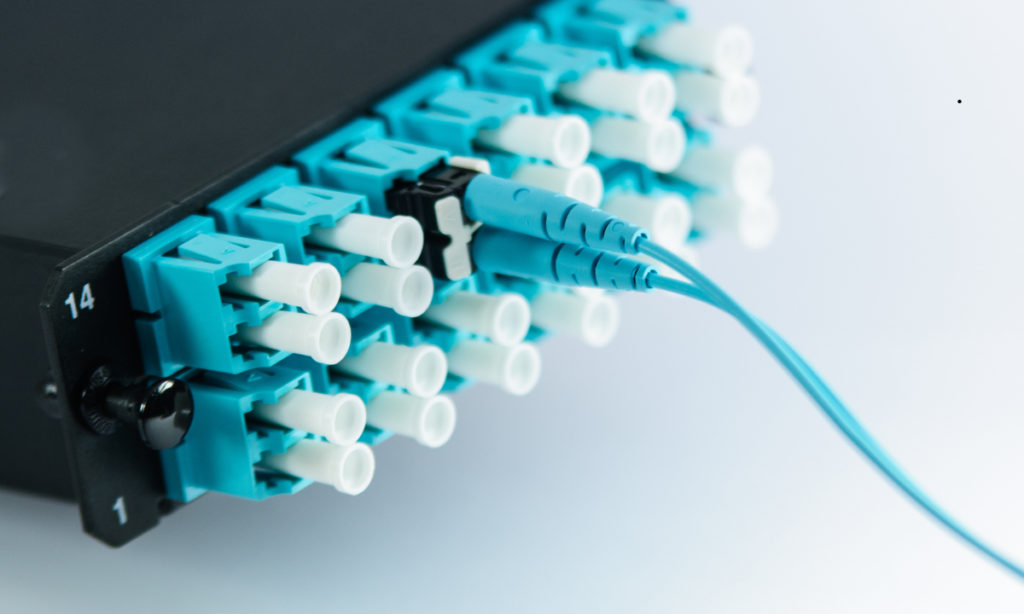
1. What causes optical connector contamination? Contamination can come from various sources: Dust and dirt: From handling, air movement, or environmental factors. Oil and grease: From skin oils, cleaning materials, or other equipment. Water or moisture: Can be trapped during storage or due to humidity. Corrosion or residue: From poor quality fiber or poor environmental […]
Optical Fiber Cables

1. What are optical fiber cables? Optical fiber cables are cables made of thin strands of glass or plastic that transmit data as pulses of light. They are widely used for high-speed data transmission over long distances with minimal signal loss. 2. Why are optical fiber cables important? High Bandwidth: Supports faster data transfer rates […]
Data Center Cross-Connects
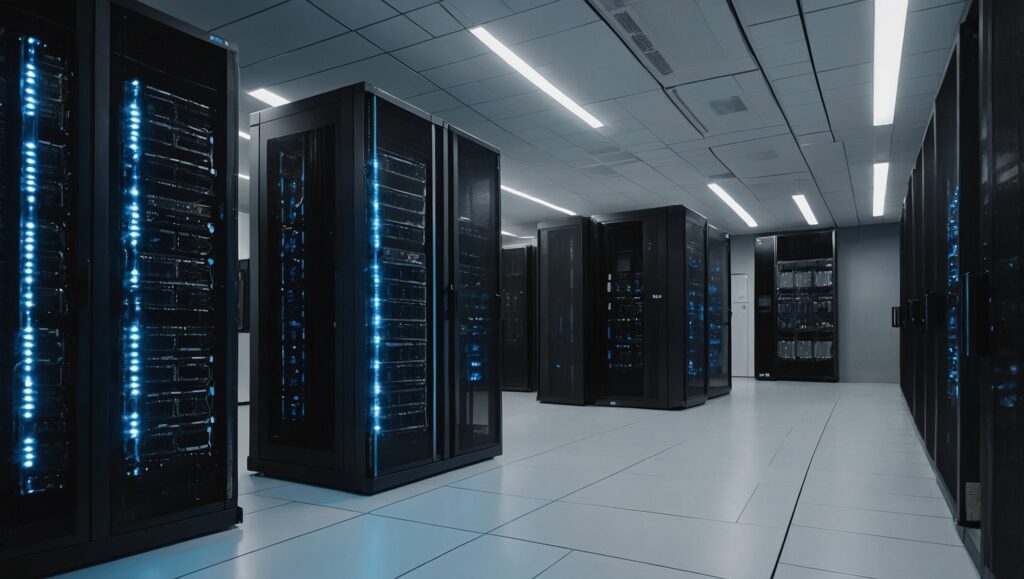
1. What is a data center cross-connect? A data center cross-connect is a physical, direct connection between two parties within a data center. It allows for the transfer of data, voice, or other services without routing through external networks. Cross-connects are typically used to connect: Colocation customers to cloud providers. Customers to network service providers. […]
Networking Lab Automation to Remove Manual, Mundane Tasks

1. What is lab automation, and how does it help remove manual tasks? Lab automation involves using technology (e.g., robotics, software, and AI) to perform repetitive, time-consuming, or error-prone tasks traditionally done by humans. By automating these tasks, labs can improve efficiency, reduce errors, and free up staff to focus on higher-value activities. 2. What […]
